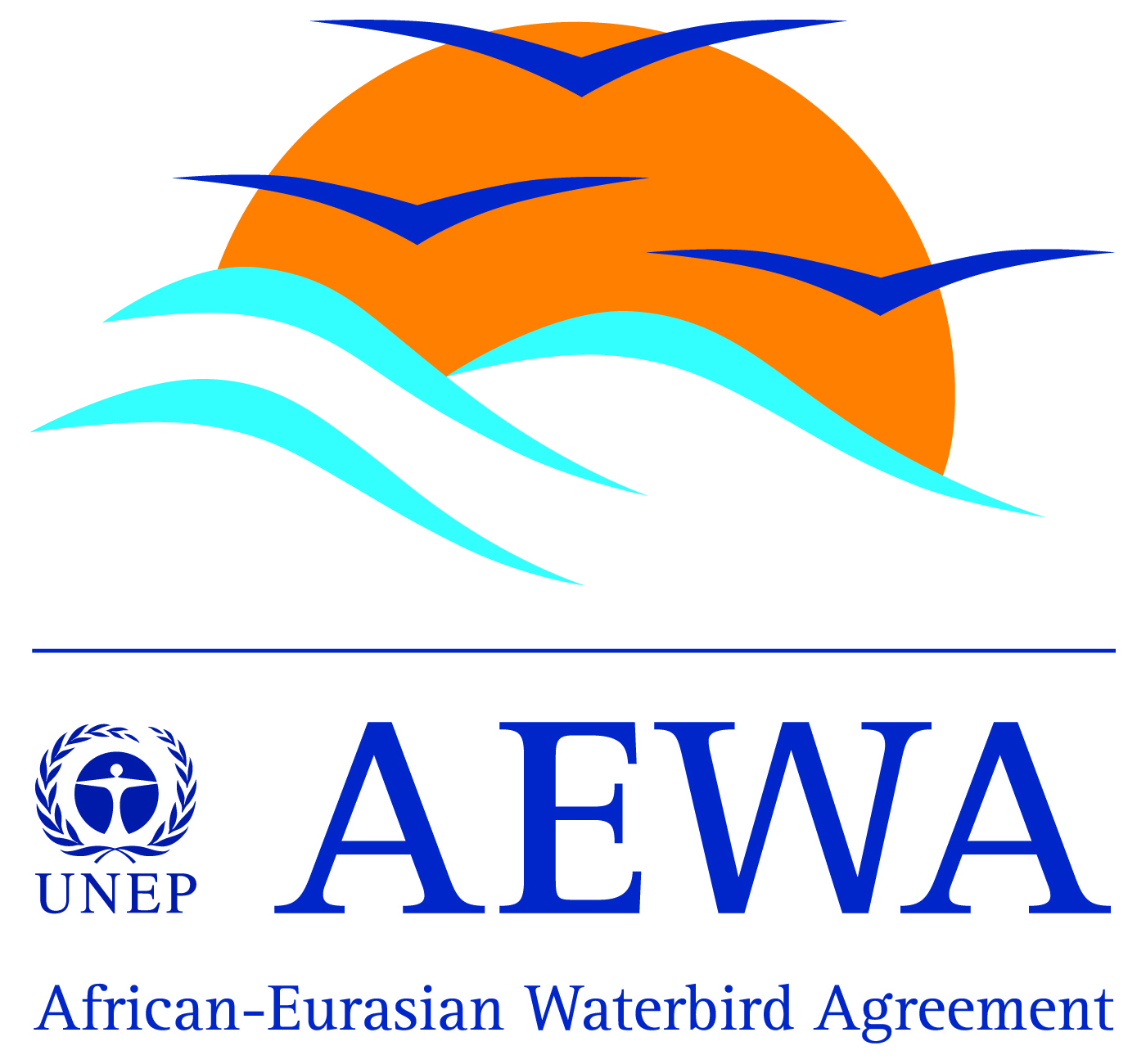Decline of butyltin levels in Caprella spp. (Crustacea: Amphipoda) inhabiting the Sargassum community in Otsuchi Bay, Japan from 1994 to 2001
-
Published source details
Takeuchi I., Takahashi S. & Tanabe S. (2004) Decline of butyltin levels in Caprella spp. (Crustacea: Amphipoda) inhabiting the Sargassum community in Otsuchi Bay, Japan from 1994 to 2001. Journal of the Marine Biological Association of the United Kingdom, 84, 911-918.
Published source details Takeuchi I., Takahashi S. & Tanabe S. (2004) Decline of butyltin levels in Caprella spp. (Crustacea: Amphipoda) inhabiting the Sargassum community in Otsuchi Bay, Japan from 1994 to 2001. Journal of the Marine Biological Association of the United Kingdom, 84, 911-918.
Actions
This study is summarised as evidence for the following.
| Action | Category | |
|---|---|---|
|
Restrict the use of tributyltin or other toxic antifouling coatings Action Link |
|
-
Restrict the use of tributyltin or other toxic antifouling coatings
A study in 1994–2001 of one soft seabed sites in Otsuchi Bay, northern Japan (Takeuchi et al. 2004) found that, between four and 11 years after restricting its use, tributyltin (TBT) was still present in four species of Caprella skeleton shrimps, but concentrations were declining. Tributyltin concentrations significantly declined in Caprella danilevskii from 59 ng/g four years after restriction to 3.3 ng/g 11 years after restriction, in Caprella subinermis from 57 ng/g in four years after restriction to 29 ng/g 10 years after restriction, in Caprella penantis from 66 ng/g five years after restriction to 4 ng/g 11 years after restriction, and in Caprella verrucosa from 32 ng/g seven years after restriction to 10 ng/g nine years after restriction. The use of antifouling ship paints containing TBT was restricted in 1990 in Japan. Annually in 1994–2001 an unspecified number of shrimps living on the macroalgae Sargassum were collected at one site (3 m depth). They were then identified as one of four Caprella species, and TBT concentrations measured for each species. Not all species were collected each year.
(Summarised by: Anaëlle Lemasson)
Output references
|
|





)_2023.JPG)














